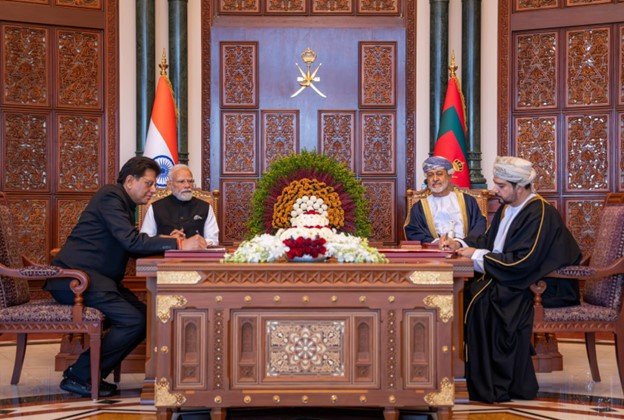On a sequential basis, the number of departures in February 2022 were lower by ~10%, given the overhang of the waning Omicron wave and lower number of operating days in February
The waning Omicron wave resulted in a sequential growth in domestic air passenger traffic by ~19% at ~76 lakh in February 2022 compared to ~64 lakh in January 2022, however, it remained marginally lower by 2% compared to ~78 lakh in February 2021. The airlines’ capacity deployment for February 2022 was around ~12% lower than February 2021 (56,634 departures in February 2022 against 64,327 departures in February 2021). On a sequential basis, the number of departures in February 2022 were lower by ~10%, given the overhang of the waning Omicron wave and lower number of operating days in February. However, adjusting for similar tenure of days the number of departures stood almost flat compared to last month.
As per the recent report published by ICRA on aviation, Suprio Banerjee, Vice President & Sector Head, ICRA said, “For February 2022, the average daily departures were at ~2,023, notably lower than the average daily departures of ~2,297 in January 2021, while marginally lower than ~2,032 in January 2022. The average number of passengers per flight during February 2022 was at 135, against an average of 102 passengers per flight in January 2022. The sequential recovery improved in February 2022 with the waning Omicron wave and the resultant picking up of demand in passenger travel. However, due to the impact of multiple Covid waves in the current fiscal the passenger traffic for 11M FY2022 remained ~44% lower than 11M FY2020 (pre-Covid level). The same is further threatened by the sharp rise in ATF prices, amid the Russia-Ukraine conflict.”
One major concern that continues to be a drag on the aviation sector is the aviation turbine fuel (ATF) prices, which have seen a sharp increase of ~57% on a Y-o-Y basis till March 2022. It is mainly attributed to increase in crude oil prices. This, coupled with relatively low capacity utilisation of aircraft fleet, will continue to weigh on the financial performance of Indian carriers in FY2022
With effect from October 18, 2021, the Ministry of Civil Aviation (MoCA) has allowed the restoration of permitted capacity to 100% for domestic operations. It may be recalled that the MoCA had reduced the permissible capacity deployment to 50% of pre-Covid levels, with effect from June 01, 2021 due to the resurgence of the second wave of the pandemic. It had subsequently increased the permitted capacity to 72.5%, with effect from August 12, 2021, increasing it further to 85%, with effect from September 18, 2021.
As for the scheduled international operations, according to the last directive dated February 28, 2022 of the Director General of Civil Aviation (DGCA), the suspension is extended till further notice. While the scheduled international operations are yet to start, the MoCA has permitted international operations under the Vande Bharat Mission (VBM) and the Air Transport Bubbles (ATB). Under the VBM for evacuation of Indian citizens from foreign countries, which started from May 07, 2020, international passenger traffic (inbound and outbound) for Indian carriers stood at ~75.4 lakh for the period May 07, 2020 to February 28, 2022. For February 2022, international passenger traffic for Indian carriers under the VBM was recorded at ~5.54 lakh, a sequential decline of ~1.8%.
One major concern that continues to be a drag on the aviation sector is the aviation turbine fuel (ATF) prices, which have seen a sharp increase of ~57% on a Y-o-Y basis till March 2022. It is mainly attributed to increase in crude oil prices. This, coupled with relatively low capacity utilisation of aircraft fleet, will continue to weigh on the financial performance of Indian carriers in FY2022.
************************************************************************
Readers








